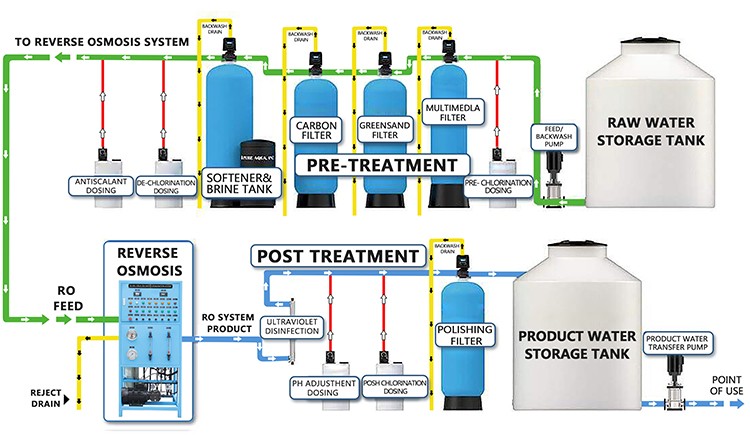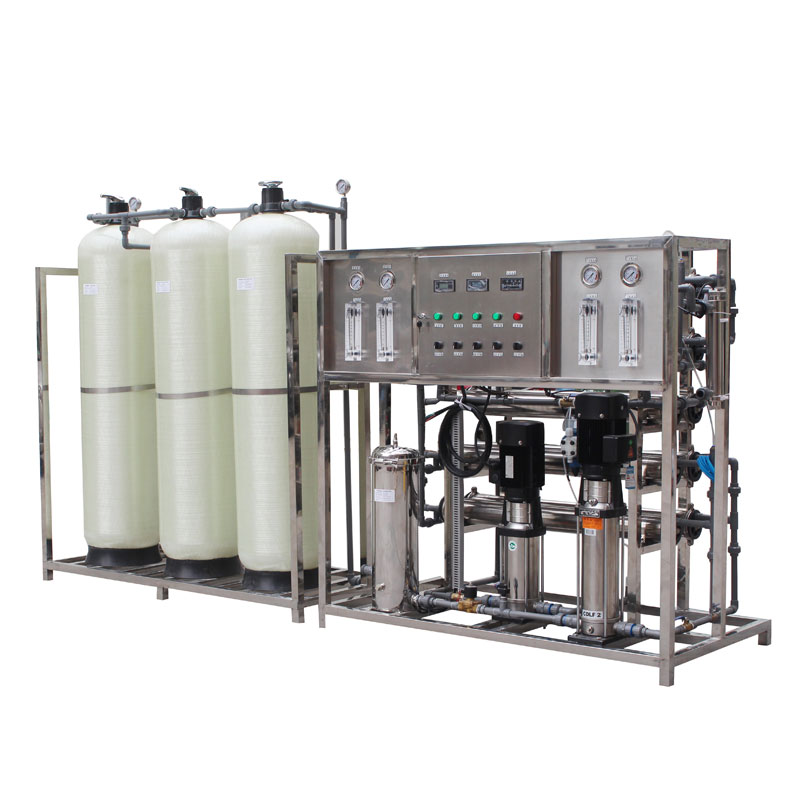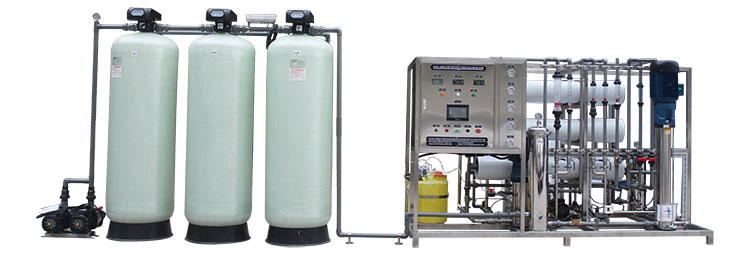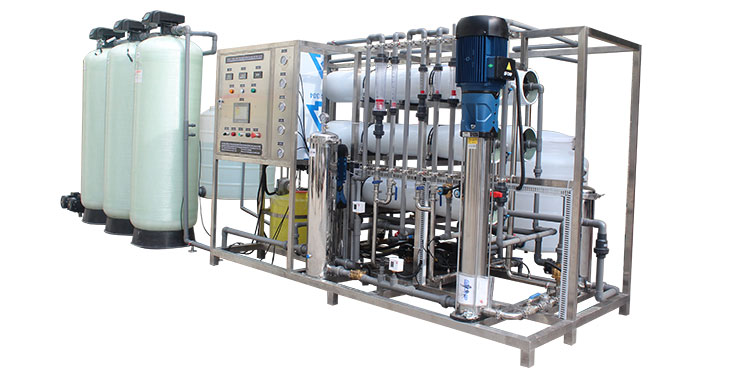What size water filter is needed for the whole house?
In modern families, water safety has become a topic of concern for more and more people. Choosing a suitable whole-house water filter can not only ensure the safety of water for the whole family, but also improve the quality of life.
So, how to determine what size water filter is needed for the whole house? This article will analyze in detail from multiple aspects to provide you with a comprehensive reference.

What is the role of a whole-house water filter?
The whole-house water filter is mainly used to remove suspended matter, silt, rust, chlorine, odor, and some heavy metals and bacteria in tap water to ensure the cleanliness and safety of household water. Unlike the water filter for a single faucet or shower, the whole-house water filter handles the water intake of the entire family, so it is particularly important to choose the right size.
What size water filter is needed for the whole house?
Key factors to determine the size of the water filter:
1. Household water consumption,
2. Water pressure,
3. Water quality,
4. Water filter type,
5. Filter capacity and replacement frequency.

1. Household water consumption:
Household water consumption is the primary consideration for selecting the size of a water filter. Generally speaking, the water consumption of an average family is as follows:
● One-person family: about 200-300 liters/day
● Three-person family: about 500-600 liters/day
● Five-person family: about 800-1000 liters/day
Based on these data, the flow requirements of the water filter can be preliminarily determined. The flow rate of a whole-house water filter is usually measured in liters/minute (L/min) or gallons/minute (GPM). Here are some reference data:
● Small family (1-2 people): 6-10 GPM
● Medium family (3-4 people): 10-15 GPM
● Large family (5 people and above): 15-20 GPM
2. Water pressure:
Water pressure is one of the important factors in choosing a water filter. Most water filters require a certain water pressure to work properly. Too low water pressure will affect the water filtration effect and water flow. The water pressure of an average household is between 40-60 PSI (pounds per square inch). If the water pressure is too low, you can consider installing a booster pump.
3. Water quality:
Water quality directly affects the selection and size of the water filter. If the water quality is poor and contains a lot of pollutants such as silt, rust, chlorine, etc., it is recommended to choose a water filter with a larger capacity, or a multi-stage filtration system to ensure the quality of the water.
4. Water filter type:
Common types of whole-house water filters include pre-filters, activated carbon filters, water softeners, and reverse osmosis systems. Different types of water filters process different amounts of water and effects, and the appropriate type and size need to be selected according to specific needs.
5. Filter capacity and replacement frequency:
The capacity and replacement frequency of the filter are also key factors in determining the size of the water filter. Filters with large capacity are more suitable for households with poor water quality or high water consumption, but the replacement frequency is relatively low. Understanding the capacity and replacement frequency of the filter will help you choose the appropriate size of the water filter.

Recommended sizes for different types of water filters:
1. Pre-filter: The pre-filter is mainly used to remove large particles in the water, such as sand, rust, etc., to protect subsequent water filters and household appliances. The flow rate of the pre-filter is generally 10-20 GPM, which is suitable for most households.
2. Activated carbon filter: The activated carbon filter is used to remove chlorine, odor and some organic matter in the water, and improve the taste and smell of the water. The recommended flow rate is 6-15 GPM, and the appropriate size is selected according to the household water consumption.
3. Water softener: The water softener is mainly used to remove calcium and magnesium ions in the water to prevent scale formation. The flow rate of the water softener is generally 10-20 GPM, which is suitable for medium and large households. Choose a suitable water softener capacity according to the water consumption and water quality, such as a 32,000 particle, 48,000 particle or larger water softener.
4. Reverse osmosis system: The reverse osmosis system is one of the most effective water treatment systems currently available, which can remove almost all pollutants in the water, including dissolved salts and heavy metals. The flow rate of the reverse osmosis system is relatively small, generally 2-4 GPM, which is suitable for filtering drinking water and kitchen water. For whole-house use, you can choose a commercial reverse osmosis system with a large flow rate or combine multiple household reverse osmosis systems.
What should I pay attention to when installing and maintaining a whole-house water filter?
1. Installation location: Whole-house water filters are usually installed at the main water inlet pipe to ensure that the entire household water is filtered. When choosing an installation location, you need to consider the size of the space, water pressure, and ease of maintenance.
2. Regular maintenance: The filter element of the water filter needs to be replaced regularly to ensure the filtering effect and water quality safety. Different types of filter elements have different replacement frequencies. Generally, the filter element of the pre-filter needs to be replaced every 6 months, and the filter element of the activated carbon filter and the water softener needs to be replaced every 6-12 months. The filter element of the reverse osmosis system is replaced more frequently, and it is recommended to replace it every 3-6 months.
3. Water pressure detection Check the water pressure regularly: Make sure the water filter works under normal water pressure. If the water pressure is too low, you can install a booster pump to increase the water pressure and ensure the normal operation of the water filter.

Choose the right brand and model of water filter
When choosing a whole-house water filter, brand and model are also factors to consider. Some well-known brands such as 3M, AO Smith, Culligan, GE and Pentair offer a variety of models and specifications of whole-house water filters to suit the needs of different families. When choosing a brand, you can refer to user reviews and after-sales service to ensure that you purchase high-quality products.
Summary
Choosing the right size of whole-house water filter requires comprehensive consideration of multiple factors such as household water consumption, water pressure, water quality, water filter type and filter capacity. By reasonably selecting and installing a whole-house water filter, pollutants in the water can be effectively removed, household water safety can be guaranteed, and the quality of life can be improved. During the purchase and use process, regular maintenance and testing of water pressure are the key to ensuring the normal operation of the water filter.
I hope this article can help you better understand and choose a whole-house water filter suitable for your family.






